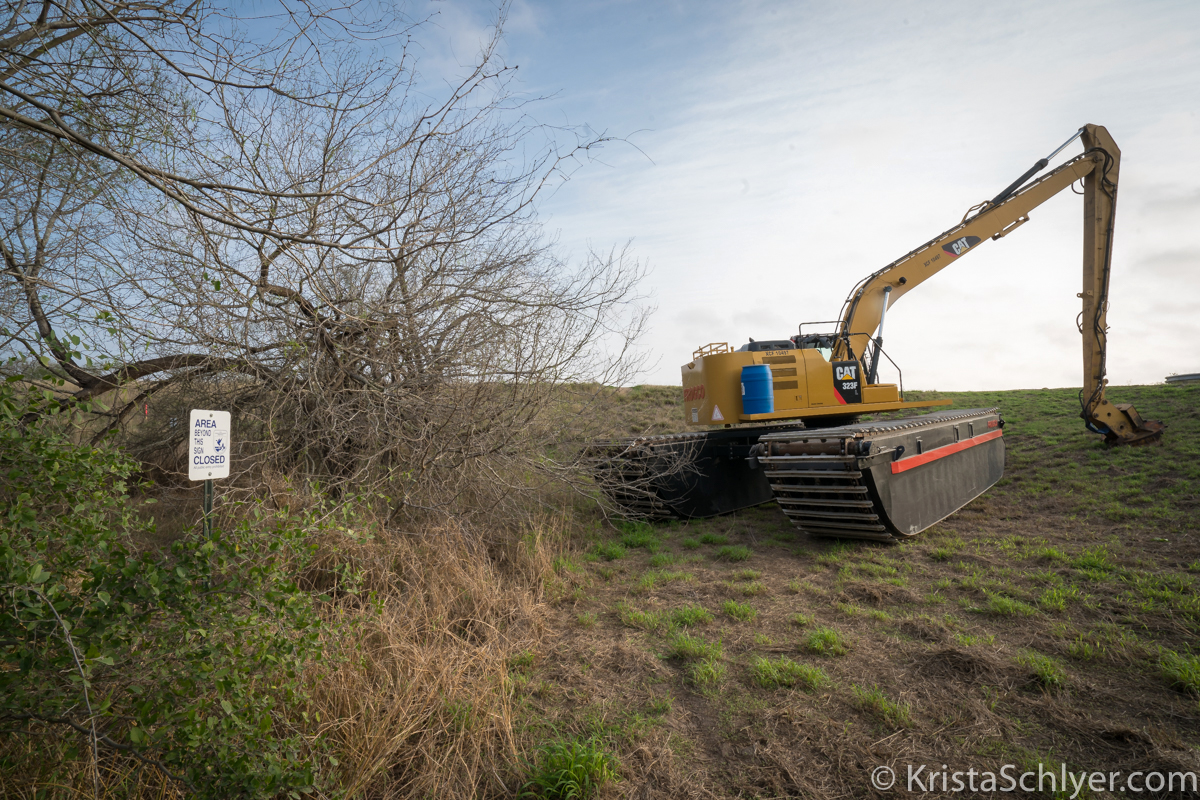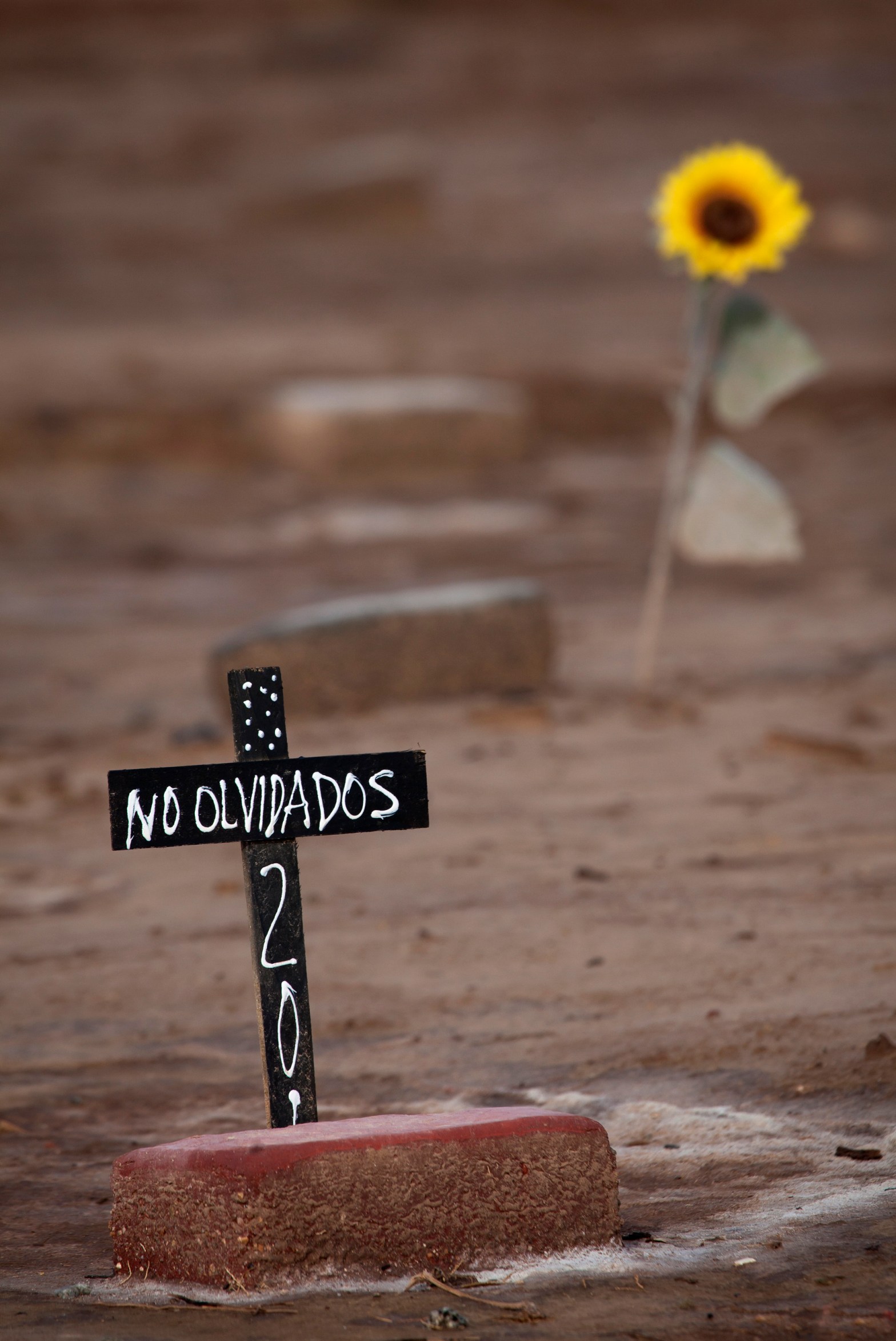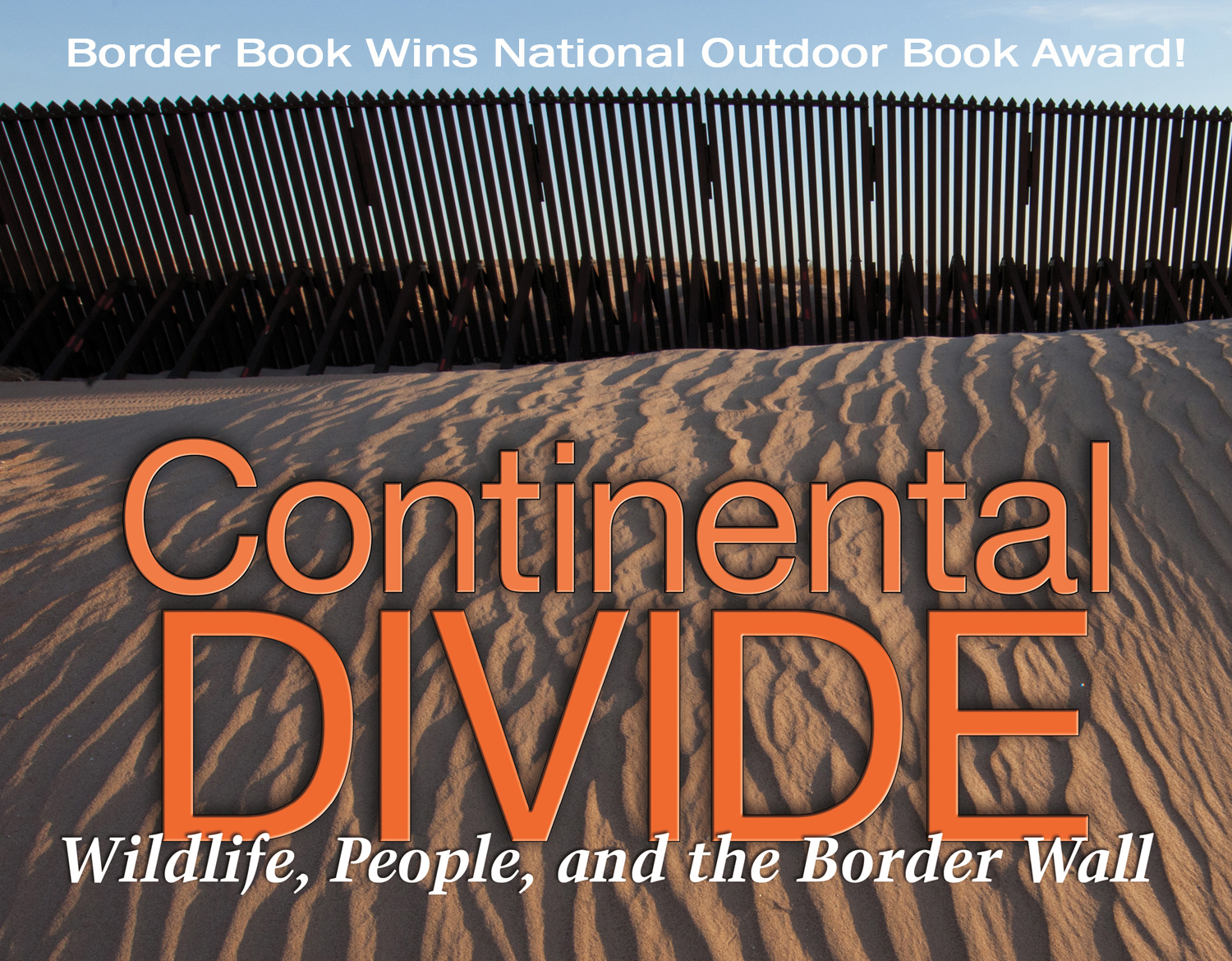Wednesday morning at dawn a solitary pied-billed grebe paddled through a misty oxbow lake called La Parida Banco in the Lower Rio Grande Valley National Wildlife Refuge. La Parida translates from Spanish as: one who has just given birth, perhaps the most apt description I’ve ever heard for a wildlife refuge. I contemplated this meaningContinue reading “La Parida: Where the Wild Things Were”
Tag Archives: immigration
A Cry for the Borderlands Into the Partisan Wilderness of Washington DC
For 10 years, ever since the passage of the REAL ID Act in 2005, the wildlife, people and ecosystems of the US-Mexico borderlands have suffered the destruction of unprecedented militarization and the waiver of environmental and many other laws. Senator John McCain is working to expand borderlands destruction and disenfranchisement through a bill S750, cynicallyContinue reading “A Cry for the Borderlands Into the Partisan Wilderness of Washington DC”
The Pity of Donald Trump
As I watched Donald Trump repeat his “more border wall” mantra last night during the first GOP primary debate, my mind returned to a moment earlier in the day when I was working on an annual report for Humane Borders, a non-profit dedicated to providing humanitarian aid to vulnerable migrants traveling the arid Arizona borderlands.Continue reading “The Pity of Donald Trump”
Borderlands book wins National Outdoor Book Award
My book about the US-Mexico borderlands was honored with a National Outdoor Book Award for 2013. The book is available on my website, Amazon, and many bookstores nationwide.



